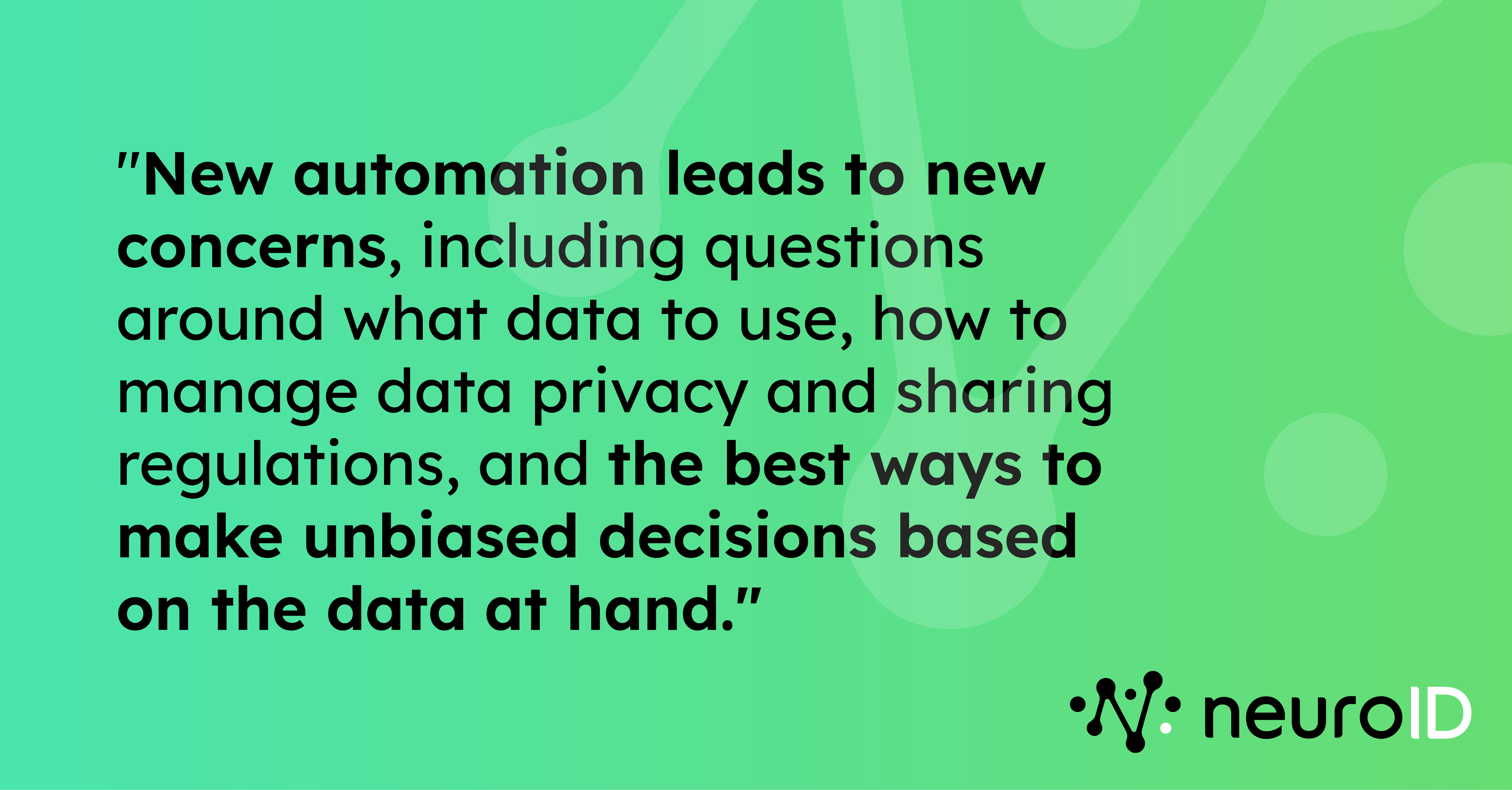
A Newbie’s Take on the Insurance AI & Innovative Tech Conference
It was my first time attending the Insurance AI and Innovative Tech USA conference, and I wasn’t sure what to expect. But almost a month later I’m still thinking about the great conversations I had, and am now convinced it was the best place to learn about insurance trends from the on-the-ground experts working to meet the fast-changing needs of the industry.
From my newbie perspective, there was one big topic that kept surfacing as I talked with both long-term and up-and-coming industry professionals: data privacy and bias. Although there were all kinds of different threads to the conversation, from avoiding friction to growing digital footprints, they all seemed to come back to data and model governance at some point. It’s a big topic, and one that isn’t likely to go away anytime soon.
Data Privacy and Bias
While AI has helped improve how insurers assess risk, it seems the industry is highly aware of the potential for bias in these models. I talked to several insurance professionals who were flummoxed about how to balance that automation against what’s allowable in terms of data privacy, while managing models against regulatory constraints. As more and more consumers demand a digital insurance experience, it’s a question that’s sure to get even more complex.
It was heartening to hear how cognizant the insurance world is about the impact of data, privacy, and AI capabilities. As with many industries, new automation leads to new concerns, as well as growing questions around what data to use, how to manage data privacy and sharing regulations, and the best ways to make unbiased decisions based on the data at hand.
Neuro-ID can help. Because we don’t collect personally identifiable information (PII), our solutions are agnostic to all applicants: their behavior determines the outcome, not their data (to learn more about some of the dangers of PII, I suggest checking out this blog post from our VP of solutions).
Another stat that is sticking with me long past the event: A whopping 10% of all claims are estimated to be fraudulent. If you’re an insurer struggling with fighting off fraud rings especially, see where Neuro-ID could fit into your stack by helping you understand customers at the very beginning of onboarding. Our new Anatomy of a Fraud Ring report explores how a sophisticated fraud ring attack impacted an insuretech on page 13, and based on what I heard at the conference, it might sound very familiar to some of you. Check it out and find us at Insuretech Connect this September, I’d love to hear more insights directly from the experts!


